Weekly Tech Recap - № 205 - HoloLens 2, foldable phones, Nubia Alpha, Facebook cryptocurrency and .dev

HoloLens 2
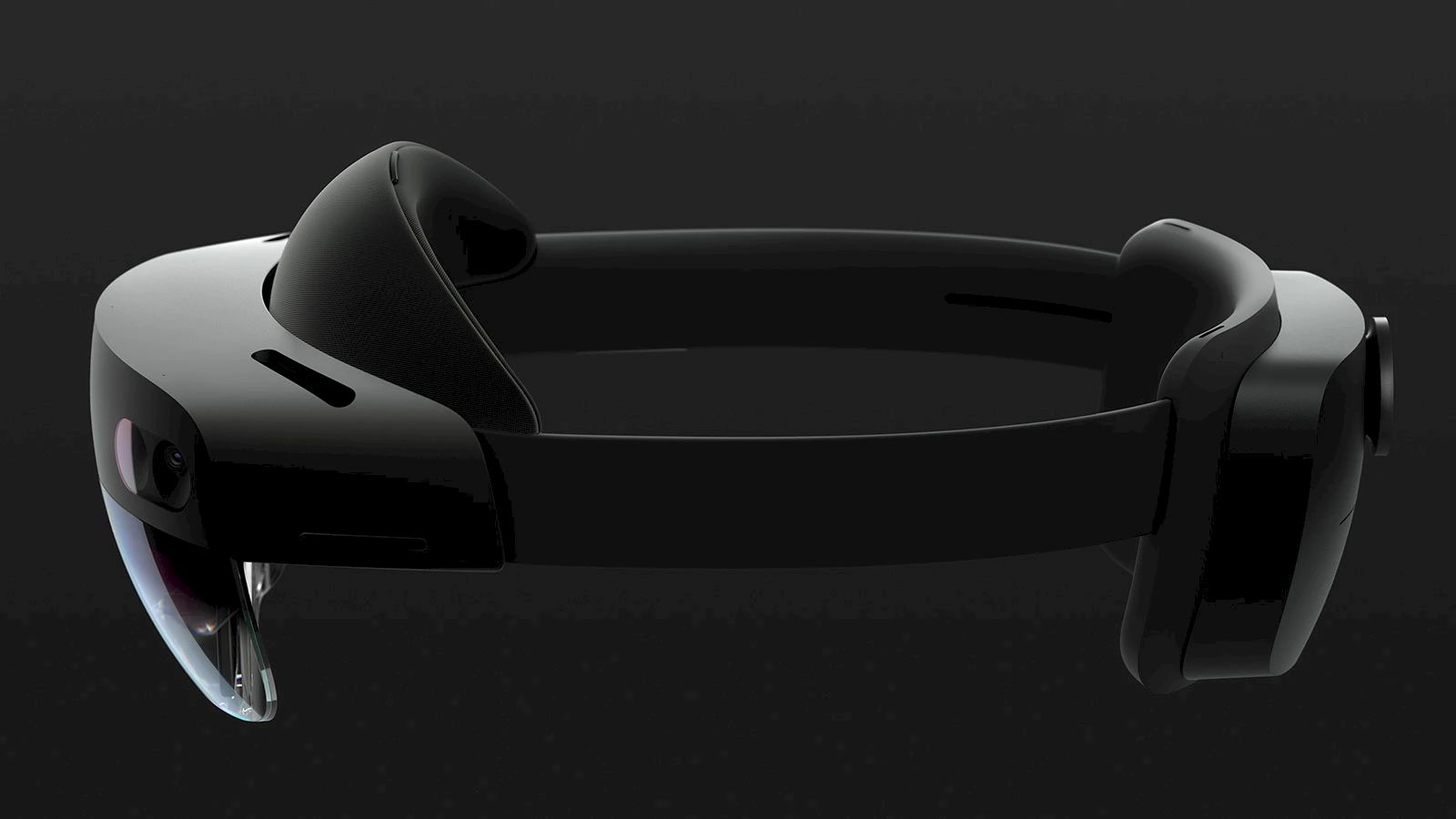
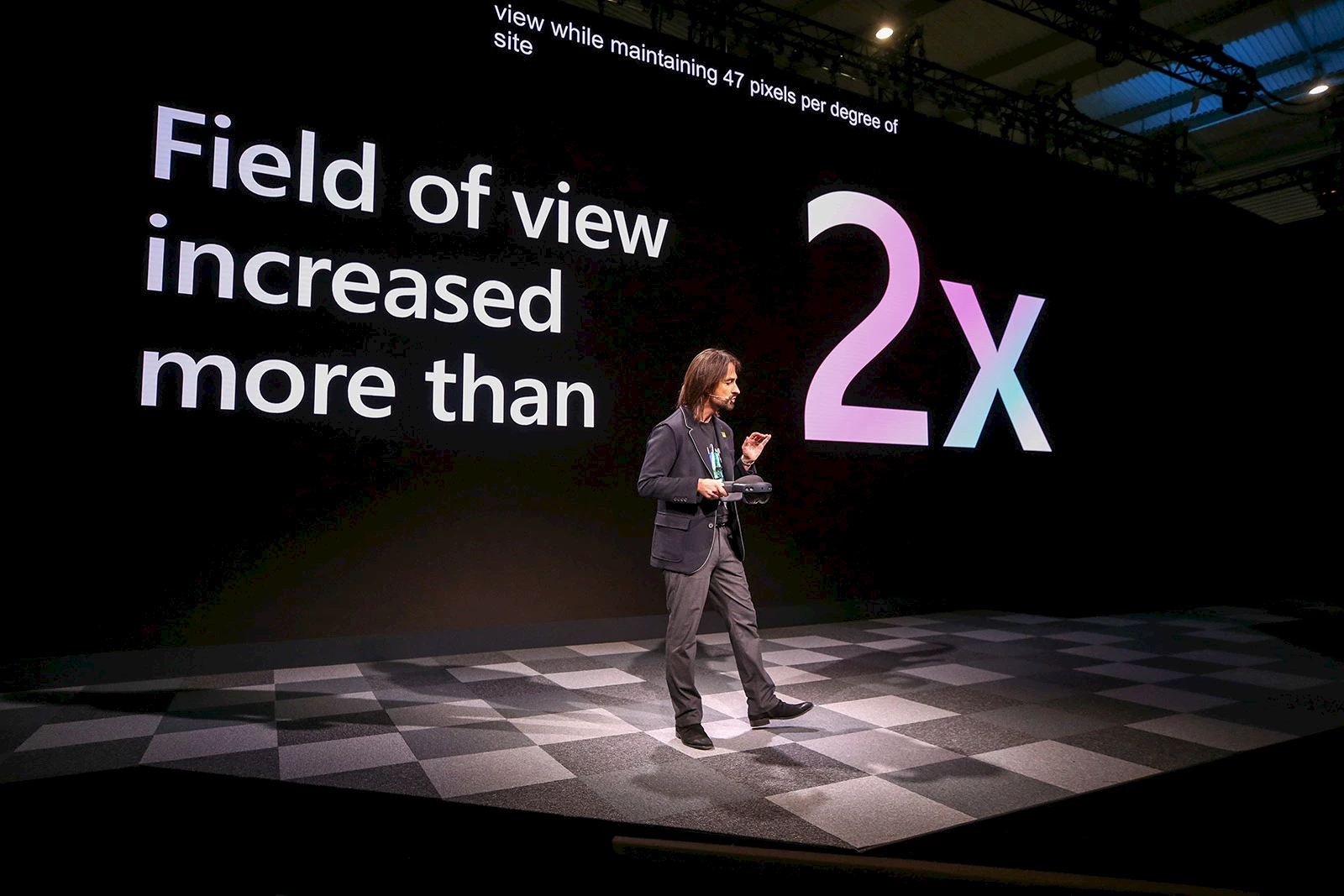
HoloLens 2. © Microsoft.
Microsoft has unveiled the second generation of its augmented reality headset. With a wider field of vision and improved ergonomics, the HoloLens 2 addresses the biggest issues with the first-generation device. Each eye has a display of 2,000 x 1,500 pixels, up from 1,268 x 720 pixels. The original HoloLens was front-heavy, crowding in the optics, sensors and compute unit, among other things. The new HoloLens moves the integrated computer to the back of the device, and the front part is built of lightweight carbon fiber, making the headset much better balanced and comfortable. Further, the device now has eye tracking, so it knows where you’re looking. However, battery life hasn’t improved, remaining at about 3 hours. Internally, Microsoft has switched from x86 to ARM, with a personalized version of the Snapdragon 850 processor. Still squarely aimed at the enterprise, the HoloLens 2 is priced at 3,500 USD, or 1,500 USD less than the original version. It will be released this year and is already available for preorder.
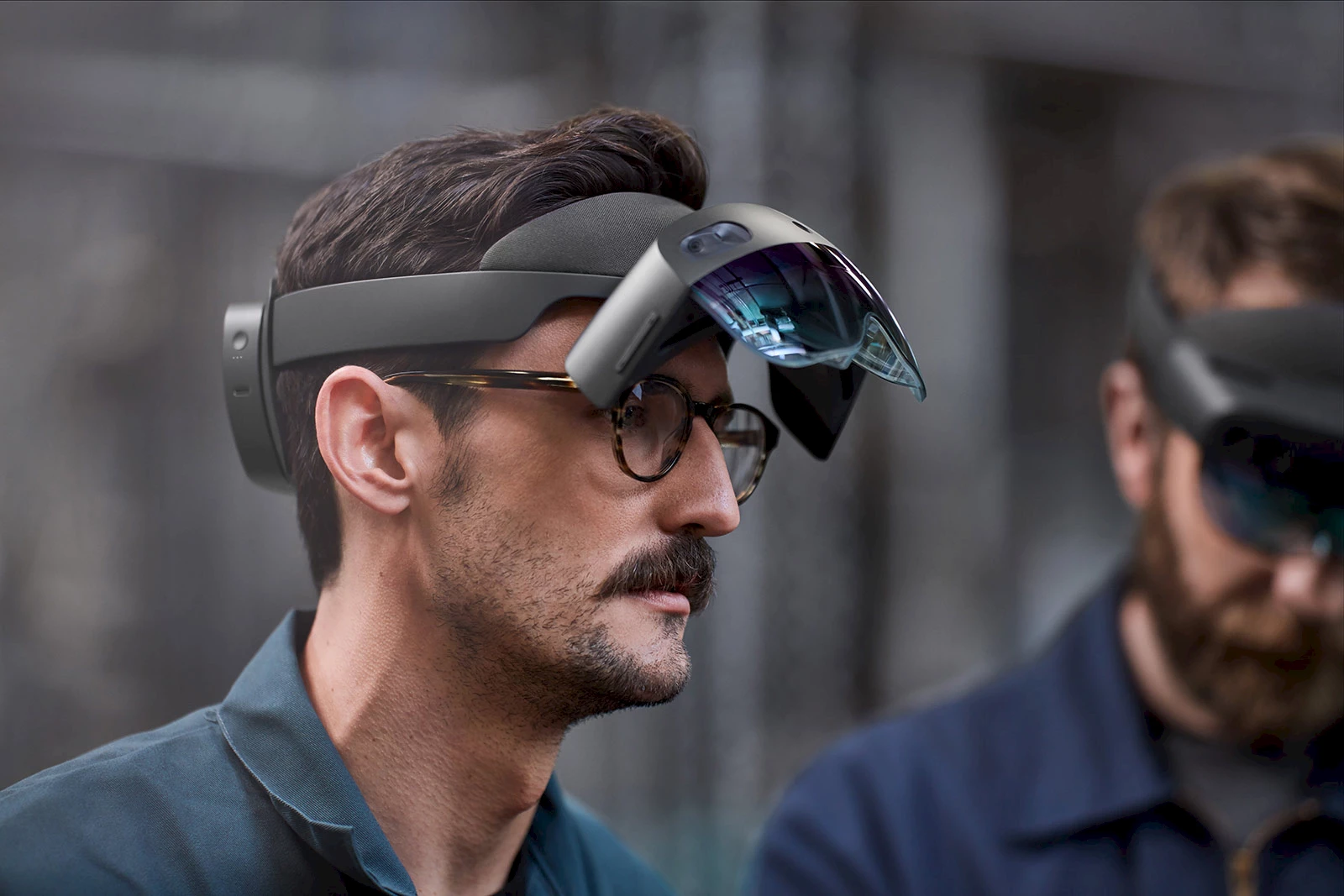
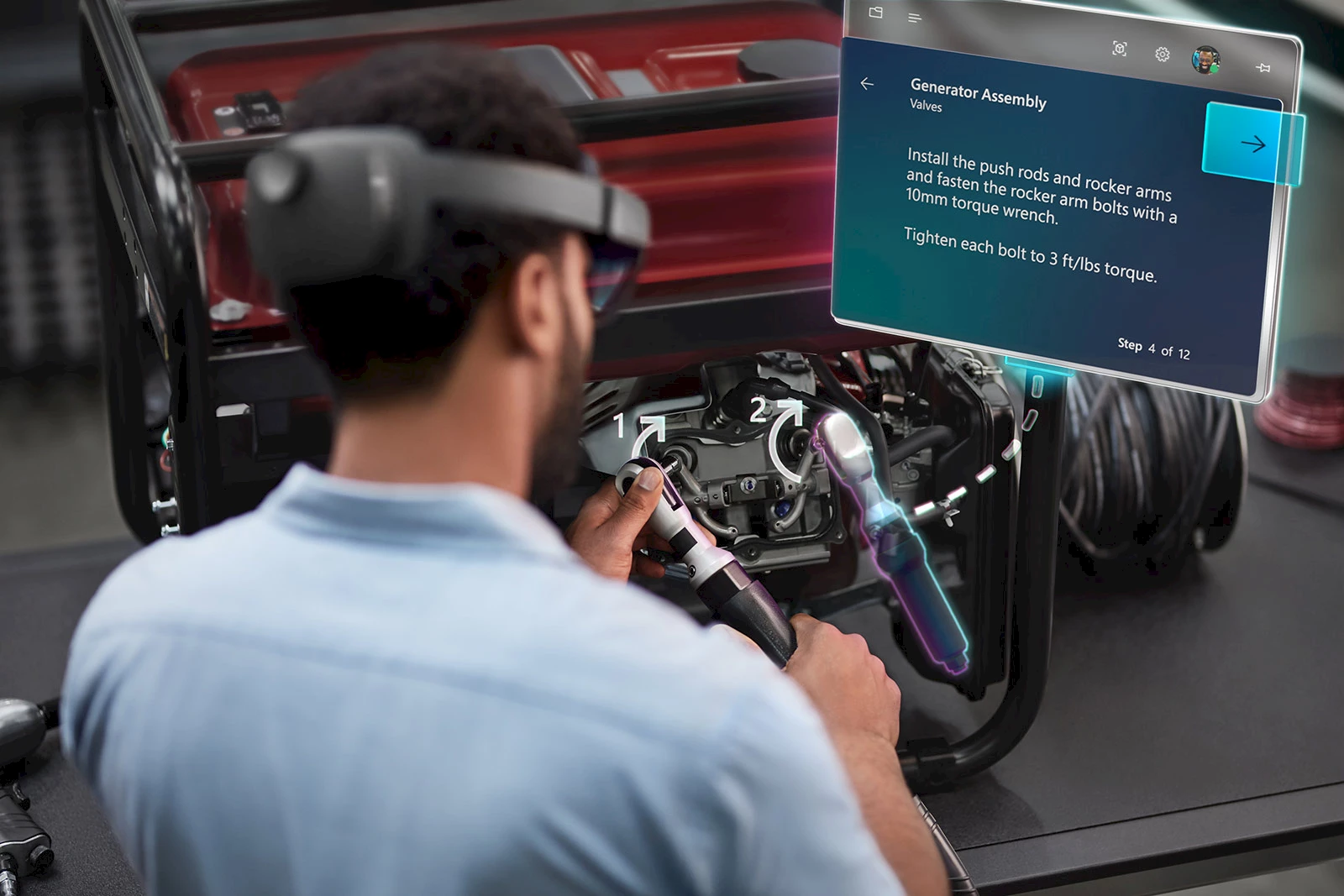
⇨ Official Microsoft Blog, “Microsoft at MWC Barcelona: introducing Microsoft HoloLens 2.”
⇨ Ars Technica, “Microsoft unveils HoloLens 2: twice the field of view, eye tracking.”
Tidal wave of foldable phones
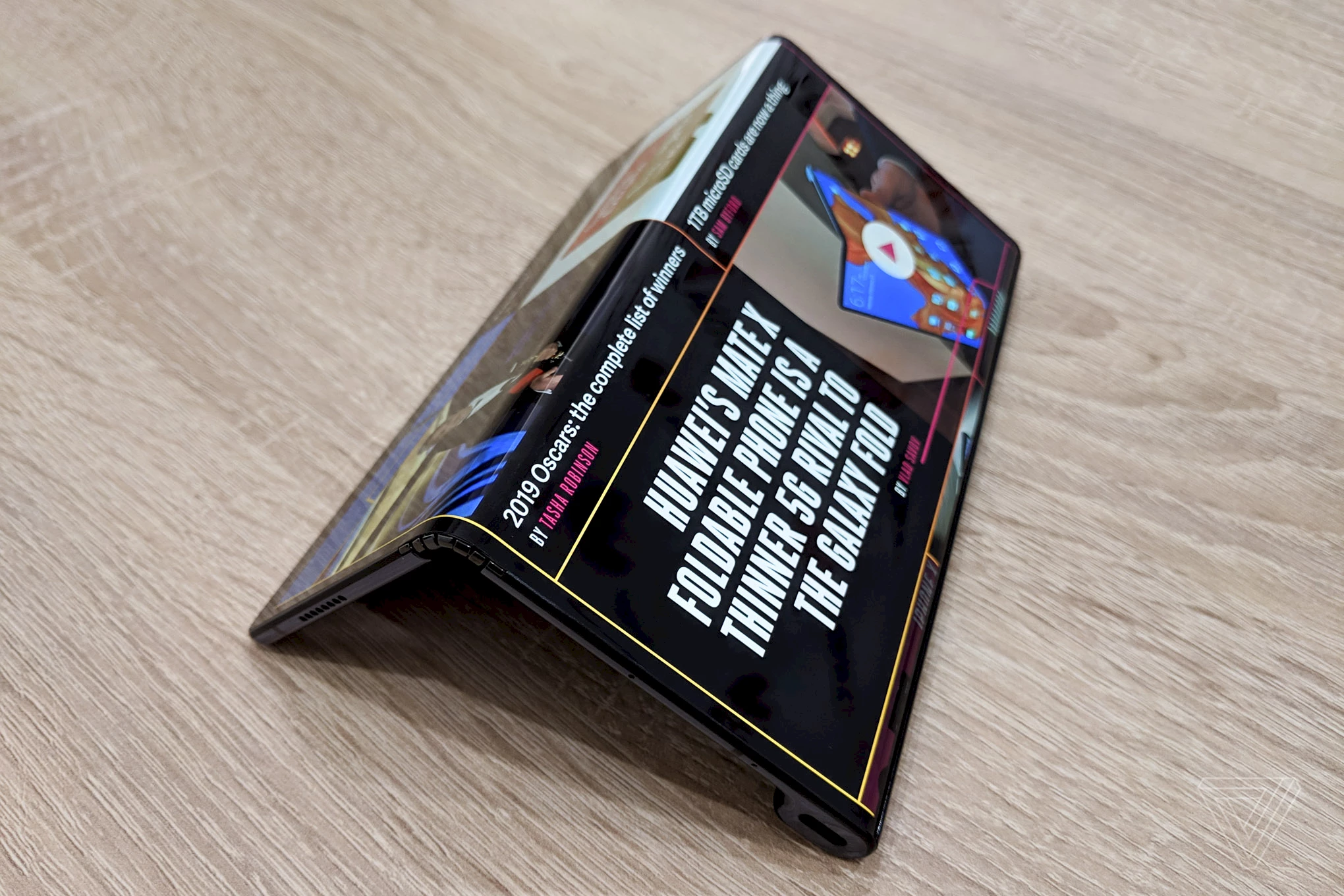
Huawei Mate X. © Vlad Savov, The Verge.
No sooner had Samsung introduced its Galaxy Fold than the competition leveraged the Mobile World Congress in Barcelona to unveil their own version of the foldable phone. 2019 will be known as Year I of the era of foldable phones, with Huawei, Oppo, TCL and Motorola making their mark.
Huawei is taking a totally different approach compared to Samsung, putting its Mate X display (8-inch 2,480 × 2,200 OLED) on the outside of the phone. When the device is closed, the OLED panel splits into two “virtual” screens, one on the front with 2480×1148 pixels (6.6-inch) and the other on the rear side with 2480 × 892 pixels (6.38-inch). The back screen is smaller due to a vertical bar that runs along the side of the phone and that houses 3 cameras, a flash and the power button. If you’re wondering about the use of a back screen, it’s to take selfies – after all, all the cameras are on the back. On the inside is the proprietary Kirin 980 processor, 8GB of RAM, 512GB of storage and 2 batteries totalling 4,500 mAh. If you were already suffering from sticker shock at Samsung’s 1,980 USD price tag, sit down now: the Mate X will sell for 2,600 USD. Availability is promised for sometime this year. While Samsung’s design had been greeted with skepticism, Huawei’s was cheered by pundits.
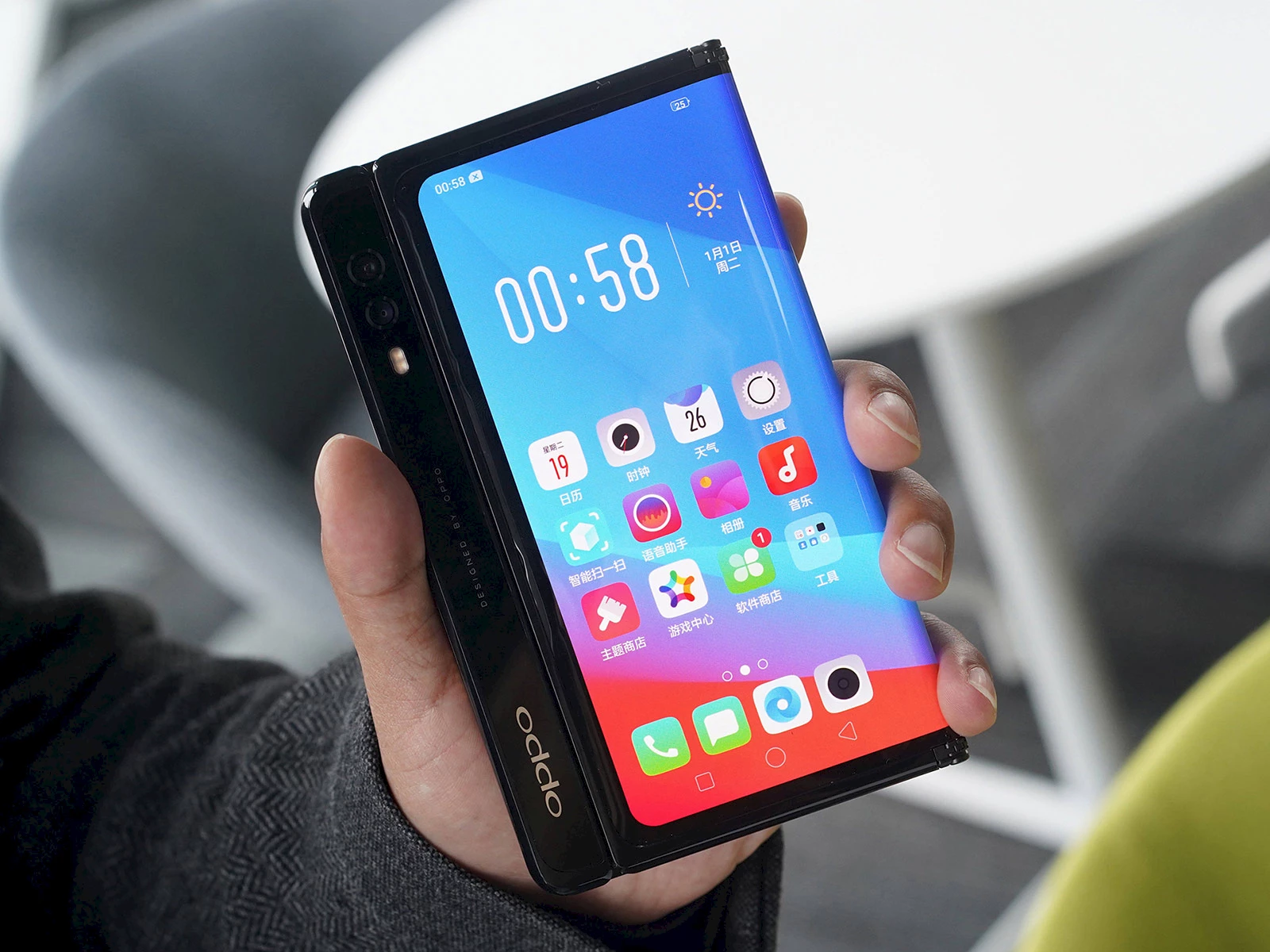
Oppo foldable phone. © Brian Shen, Oppo.
After Huawei’s announcement, Brian Shen, Vice-President at Oppo, posted photos of a prototype with a design very similar to Huawei’s on Weibo, the Chinese social networking site, with no further information. Still in Barcelona, TCL unveiled a non-functional prototype with a 7,2-inch display with its own hinge design, called DragonHinge.
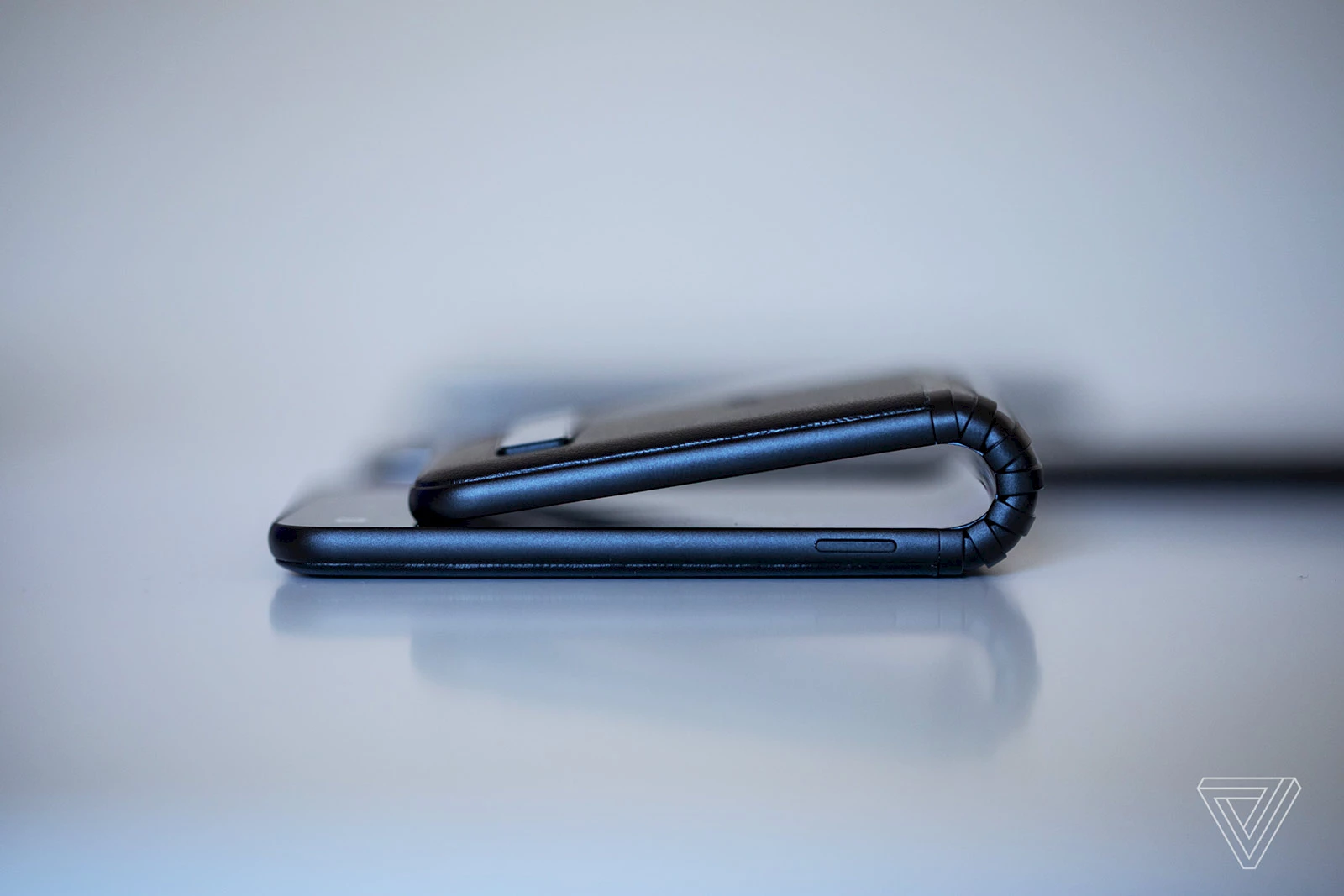
DragonHinge. © Vlad Savov, The Verge.
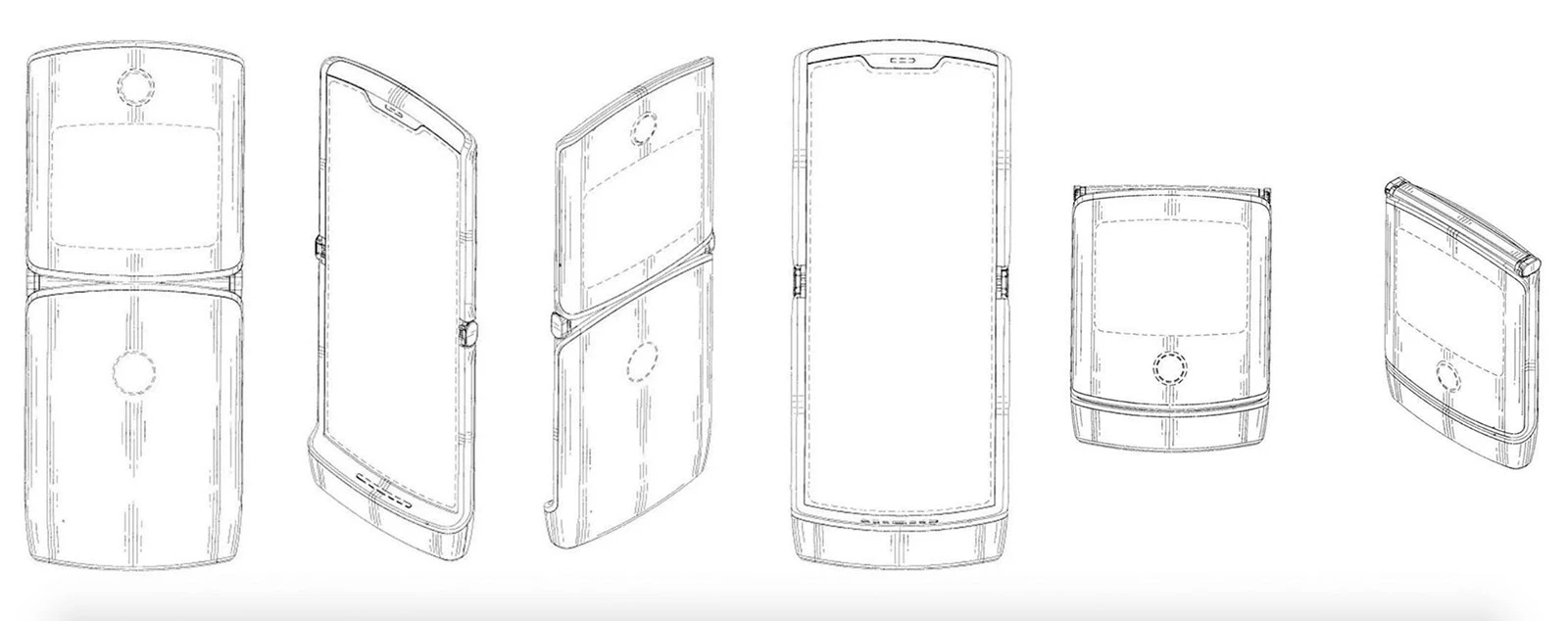
© Motorola.
Not to be left behind, Motorola confirmed that they too are working on a foldable phone, though their approach differs in that it won’t be a telephone-to-tablet concept, but a more compact Razr-like device.
⇨ Ars Technica, “Move over Samsung, Huawei’s foldable smartphone is an absolute stunner.”
⇨ The Verge, “Huawei has the best first draft for a foldable phone.” — “I held the future in my hands, and it was foldable.”
⇨ Ars Technica, “Oppo’s foldable smartphone is another futuristic wraparound display device.”
⇨ The Verge, “TCL’s foldable phone prototype is untouchable for now.”
⇨ Engadget, “Motorola confirms its foldable phone is coming.”
Nubia Alpha
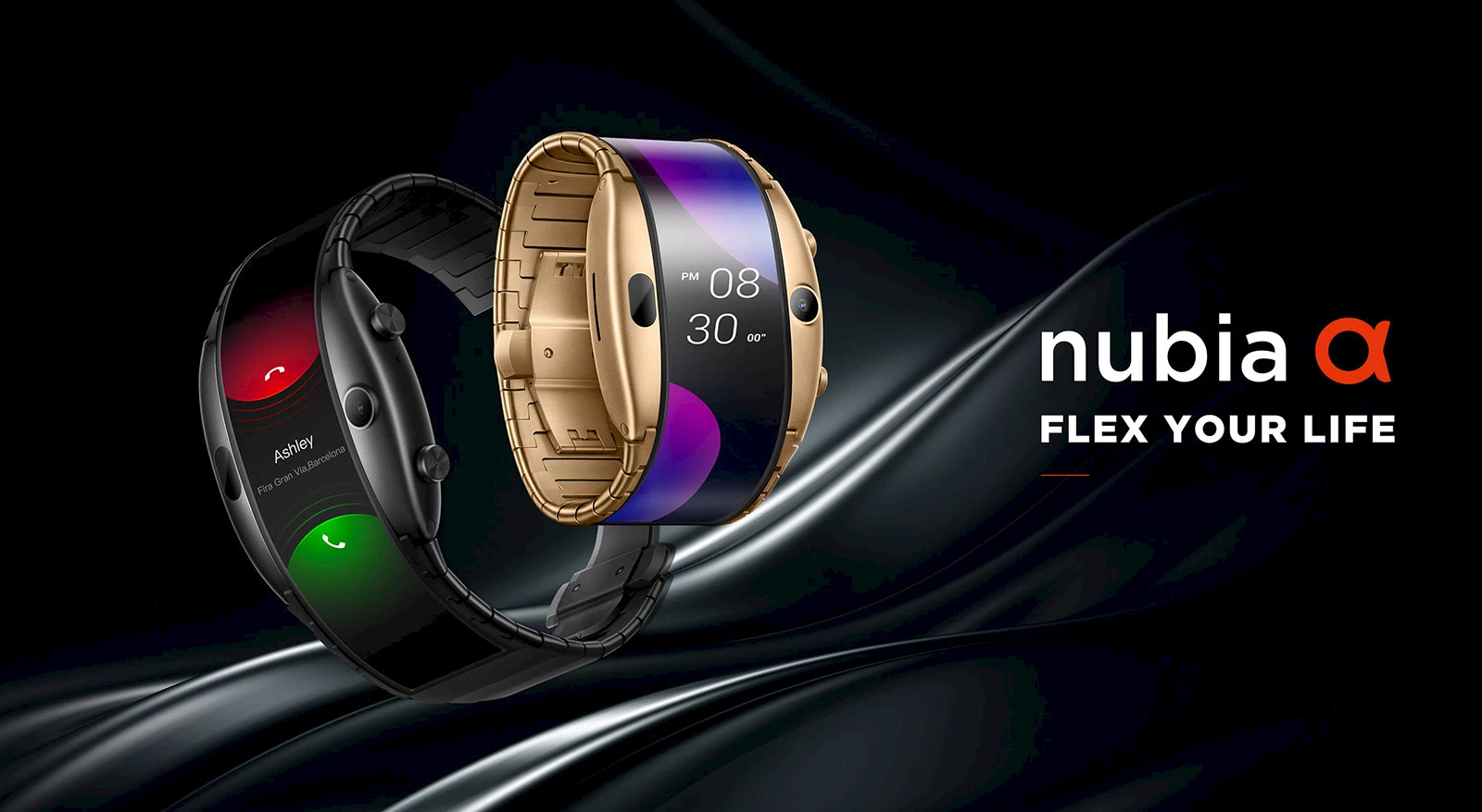
Nubia Alpha. © Nubia.
Foldable screens aren’t just for telephones anymore. Other applications are being dreamt up, like Nubia Alpha’s smart watch, unveiled at Barcelona’s Mobile World Congress. The eSIM version could be thought of as an Android phone with a 960 x 192 OLED 4-inch screen that wraps around the wrist. But as a smartwatch, the Nubia Alpha naturally monitors physical fitness levels and tracks your heart rate. Its autonomy is said to be one to two days. According to Nubia, the screen can withstand 100,000 folds, for a life of 137 years at a rate of two folds per day. The Bluetooth model will be available in April for 500 USD. The eSIM version, for a cellular connection, will be available during the third quarter for 650 USD. Of course, it’s up to you to decide whether you want to weigh your wrist down with such a clunky watch.
⇨ Mashable, “Nubia’s Alpha watch phone is the most ridiculous gadget at MWC 2019.”
⇨ Ars Technica, “Nubia’s new wearable puts a 4-inch flexible smartphone on your wrist.”
Facebook money

© iStock.
According to the New York Times, Facebook is planning to roll out its own cryptocurrency. Facebook money would be good on its WhatsApp messaging application, allowing users to send money to friends and family. Unlike other, speculative cryptocurrencies, Facebook money wouldn’t fluctuate based on supply and demand, instead being pegged to the value of traditional currencies, providing users a measure of stability (outside of a world-wide crisis of course). We’re not sure why Facebook isn’t just banking on a traditional payment system, like PayPal or Venmo, avoiding all the traditional pitfalls of cryptocurrencies. Unless it’s because they have other, greater designs than the mere transfer of money between WhatsApp users? That said, since Facebook isn’t in the good books of the authorities, the media or the public right now, maybe now isn’t a good time to launch a new financial tool based on the blockchain.
⇨ The New York Times, “Facebook and Telegram are hoping to succeed where Bitcoin failed.”
.dev for all
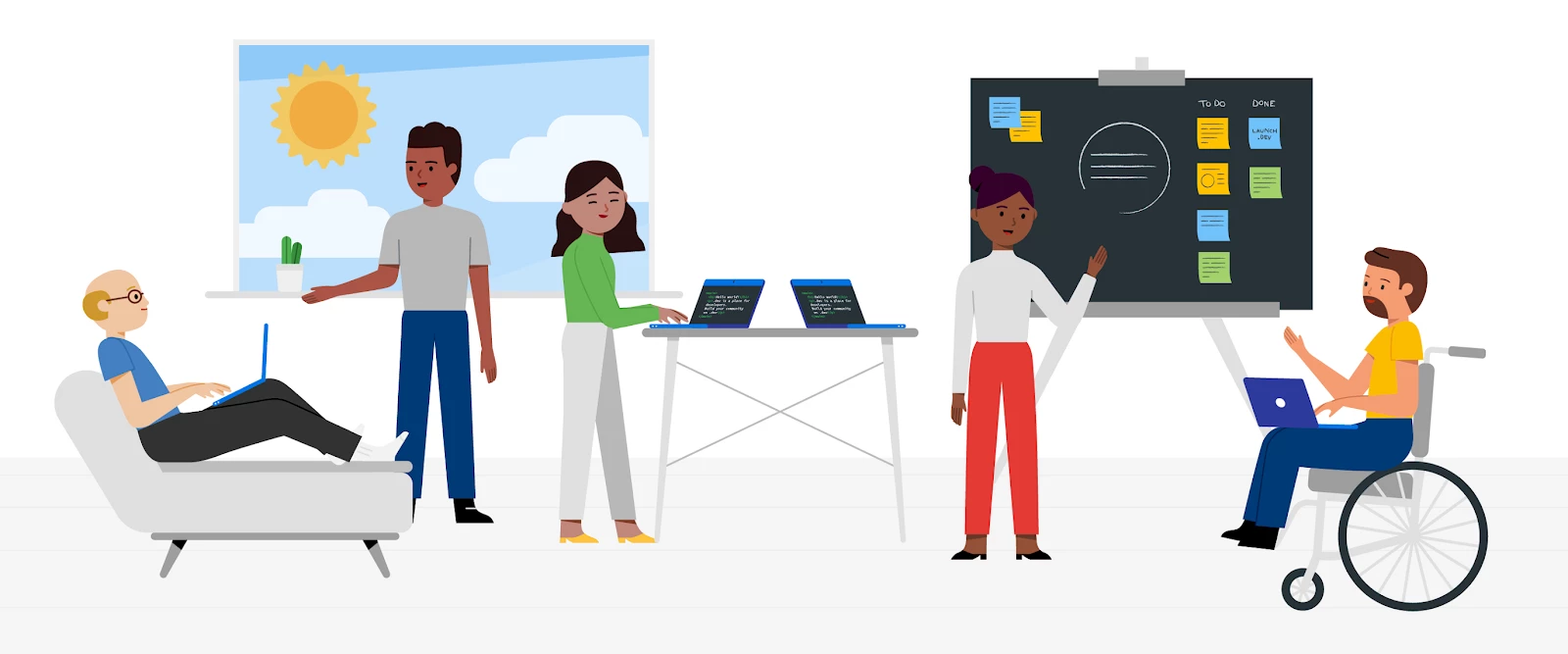
© Google.
You can now get a .dev domain name, no doubt the Holy Grail for developers, thanks to Google, which has just opened this extension to all. You can now reserve your .dev domain name through your registrar for the usual price, typically 12 to 15 USD per year. But that’s not all: Google is offering the .dev domain name at no cost for one year to all those who applied for tickets to Google’s I/O 2019 event in May.
⇨ Google Developpers, “.dev for all.”
⇨ Engadget, “Google’s new .dev domain opens to all.”
